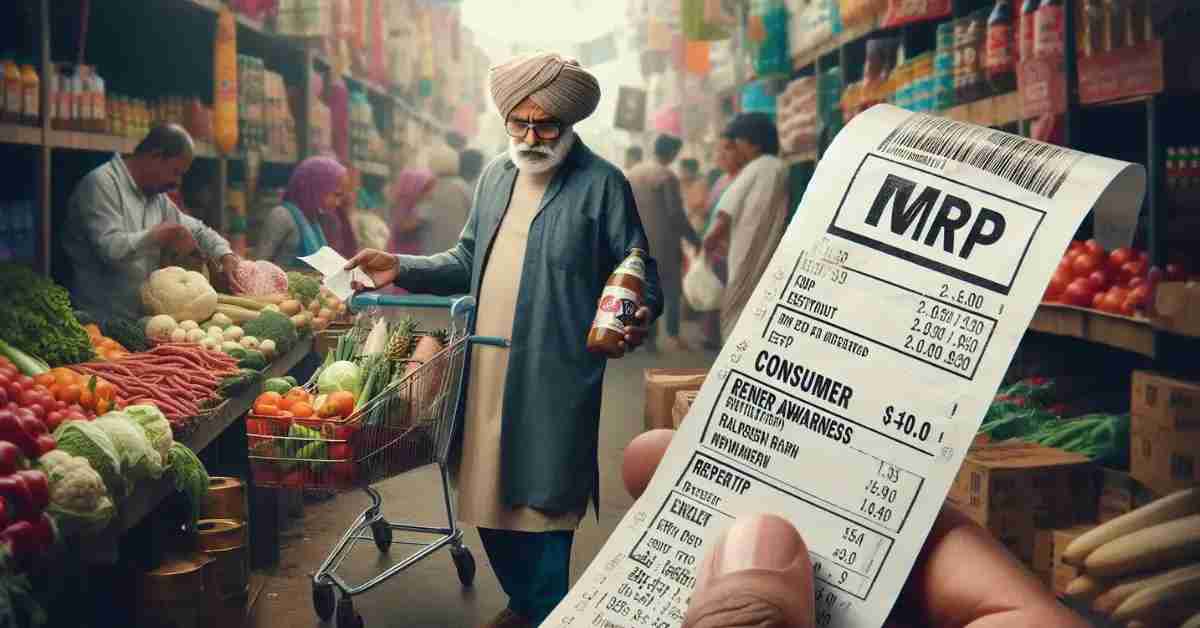How Is The Term “Consumer” Visually Represented In Class 10 Social Science Materials?
Short Answer:
In Class 10 Social Science materials, the term “consumer” is visually represented using relatable images like a person shopping in a market, a family buying groceries, or someone holding a product receipt – emphasizing the everyday nature of being a consumer.
Detailed Answer:
In Class 10 Social Science textbooks, the idea of a consumer isn’t just explained through definitions – it’s brought to life with visuals that every student can relate to. You’ll often see illustrations of common people buying daily-use items like vegetables, soap, or clothes from local vendors or supermarkets. For example, there might be a cartoon of a woman questioning the shopkeeper about an expired product, or a student comparing prices on two biscuit packets.
These visuals are designed to drive home a simple message: “If you buy goods or services for your own use – you’re a consumer.” It doesn’t matter if you’re buying a branded T-shirt from a mall or a packet of chips from your school canteen – the act of purchasing for personal use makes you a consumer.
Textbooks also show scenes of people visiting consumer courts, reading product labels, or noticing tampered weighing scales – this ties in with the idea of consumer rights and responsibilities. One common image is a person holding a receipt or complaining about poor service, helping students visualize how consumer rights work in real life.
By using everyday Indian settings – like kirana shops, busy markets, or even online shopping apps – the visuals make sure students don’t just read about consumers; they actually see themselves in those roles. That’s the power of visual learning in Social Science – it connects big ideas to everyday life.

